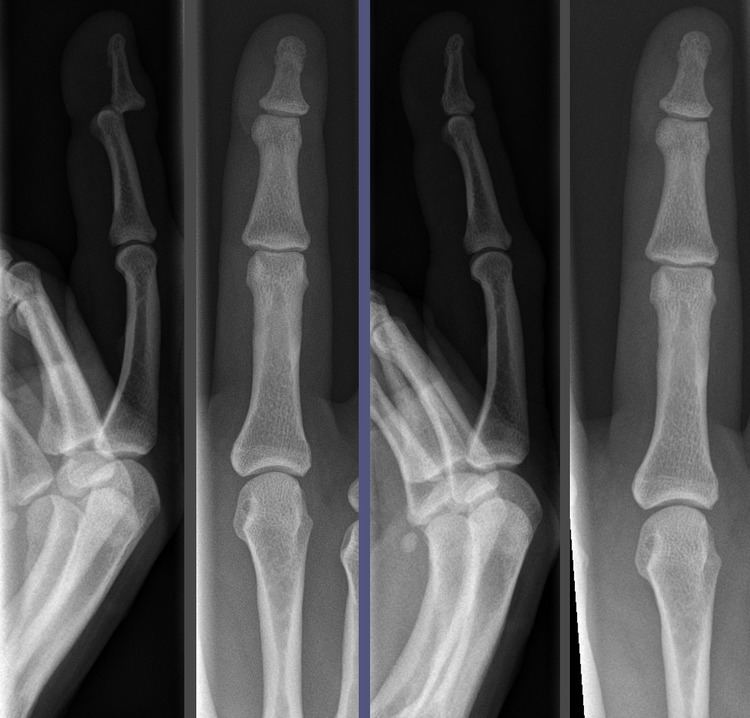ICD-9-CM 79 | ||
 | ||
Reduction is a surgical procedure to restore a fracture or dislocation to the correct alignment. This sense of the term "reduction" does not imply any sort of removal or quantitative decrease but rather implies a restoration: re ("back [to normal]") + ducere ("lead"/"bring"), i.e., "bringing back to normal." When a bone fractures, the fragments lose their alignment in the form of displacement or angulation. For the fractured bone to heal without any deformity the bony fragments must be re-aligned to their normal anatomical position. Orthopedic surgery attempts to recreate the normal anatomy of the fractured bone by reduction of the displacement.
Reduction could be by "closed" or "open" methods.
Because the process of reduction can briefly be intensely painful, it is commonly done under a short-acting anaesthetic, sedative, or nerve block. Once the fragments are reduced, the reduction is maintained by application of casts, traction or held by plates, screws, or other implants which may in turn be external or internal. It is very important to verify the accuracy of reduction by clinical tests and X-ray, especially in the case with joint dislocations.
